The Country Life guide to Somerset: What to do, where to stay and how to eat
Somerset is rich in natural beauty and history, but it is its wealth of small-scale food and drink producers, farmers and makers that really set it apart from the competition. Find out how to make the most of it all with our indispensable guide.
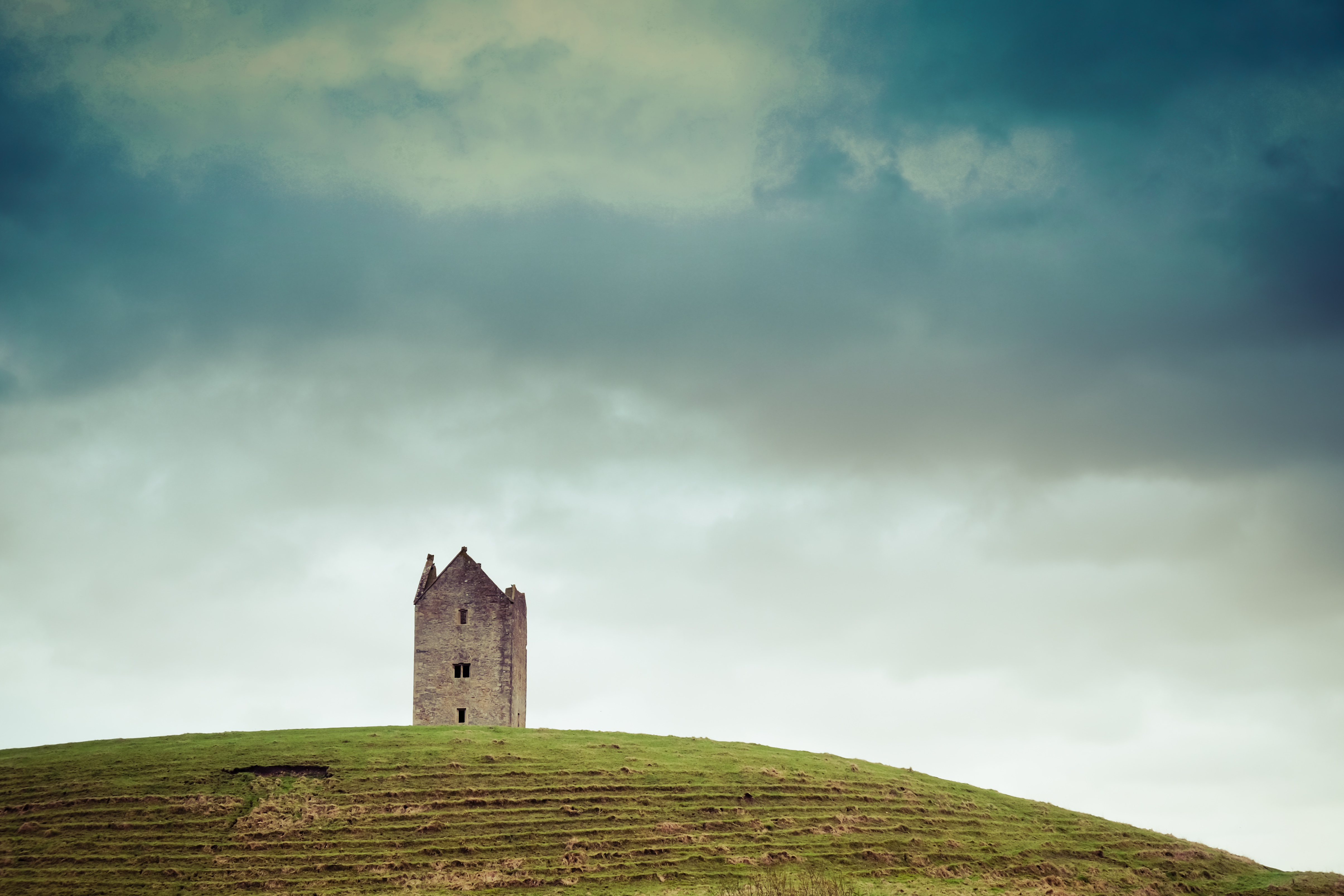

Rosie Paterson
A captivating spot in England’s West Country, Somerset is dripping in natural beauty and is something of a foodie haven (Godminster and award-winning ciders to name just a couple) — beloved by the stylish set, but somehow still free from crowds.
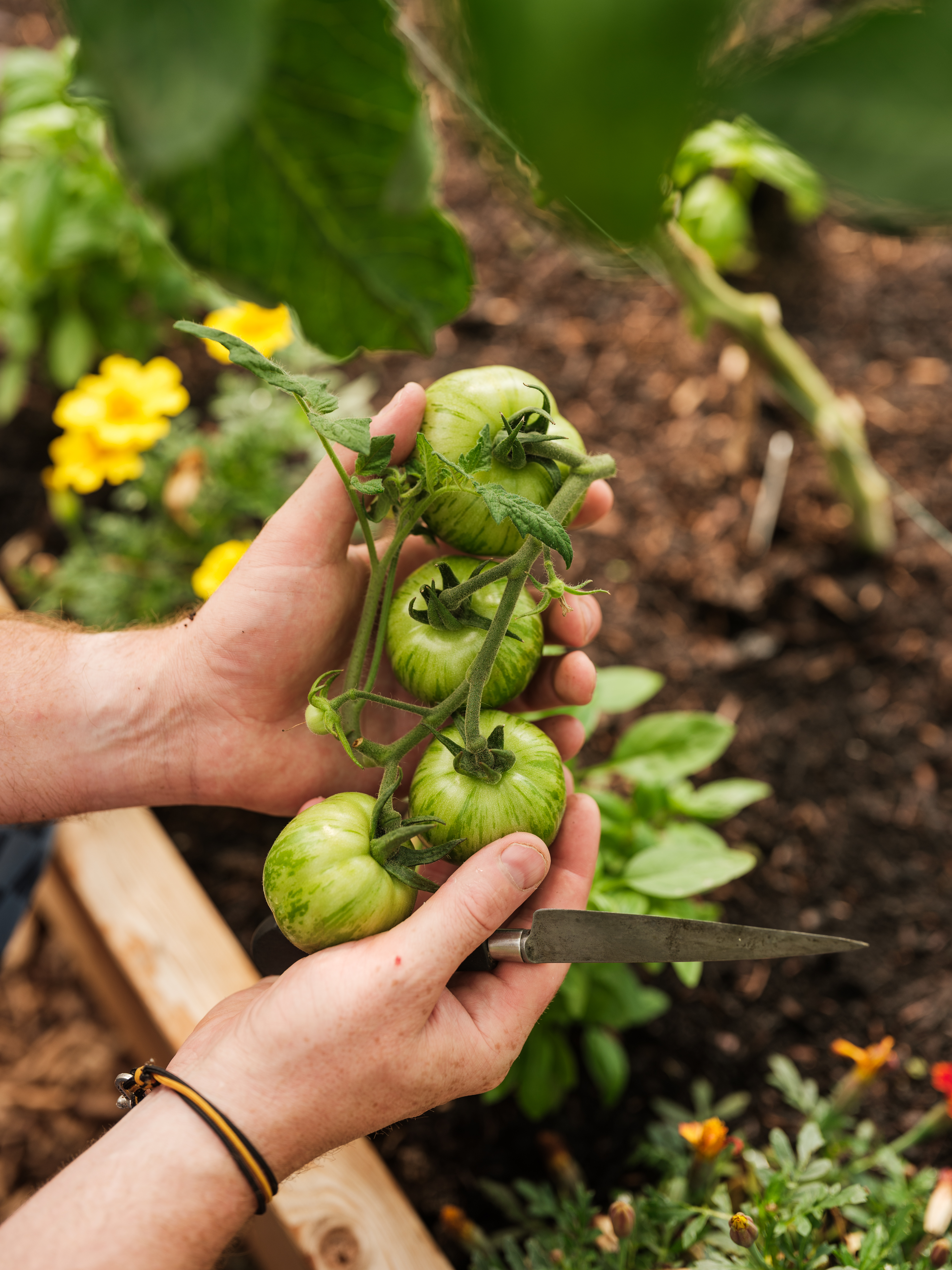
There are historic stone villages to explore, lush countryside to stomp through, ancient orchards and a thriving creative scene. Iconic country house hotels include Babington House — complete with the original Cowshed Spa — and The Newt, but there are plenty of smaller places to check into, too.
So, without further ado, here’s our complete guide to everything you need to know about Somerset.
What to do
Go for a walk
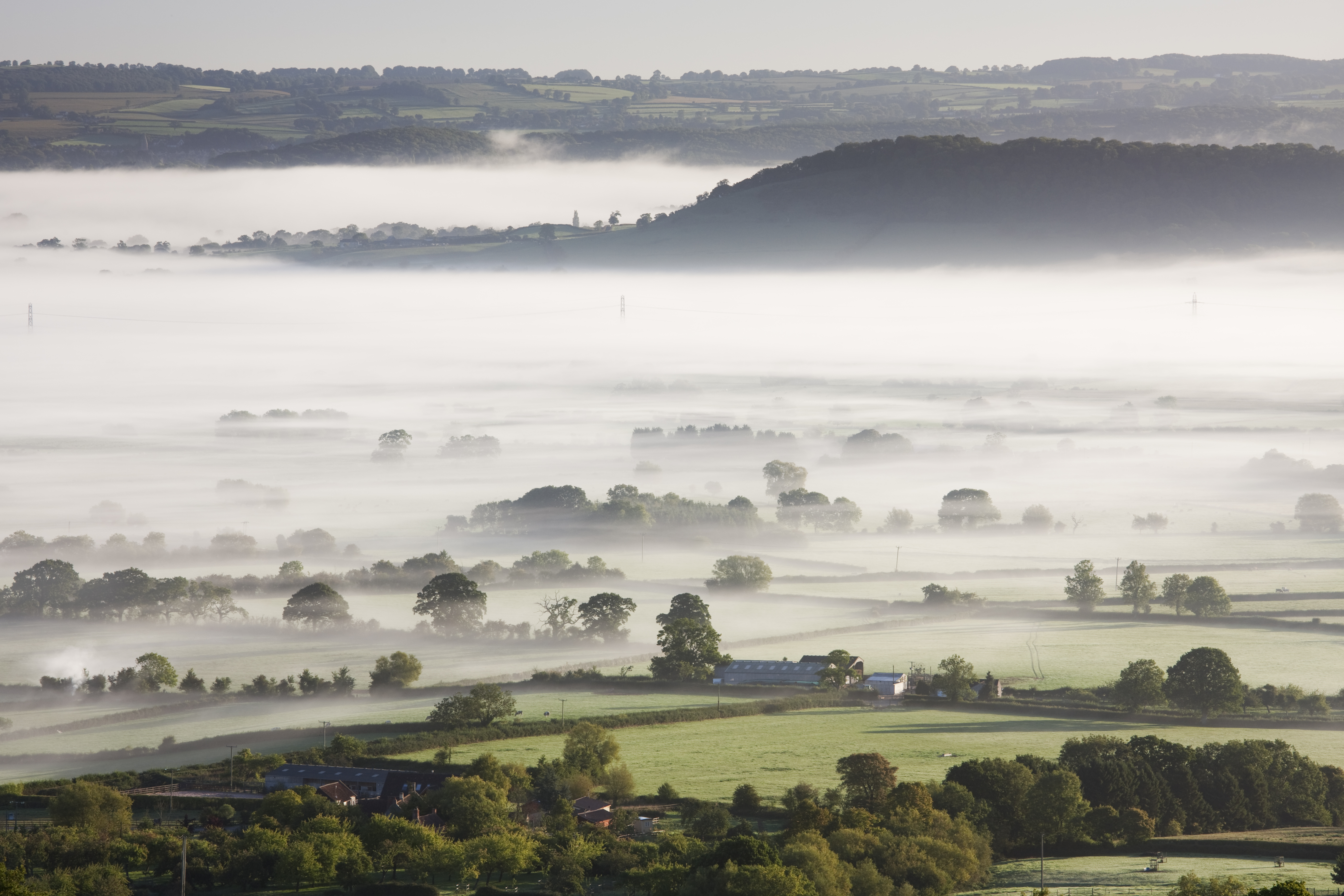
If you love a countryside amble, then this is the country for you because there are endless walking routes to discover — from the deep combes of north Bruton, to river trails that run alongside the Alham; beautiful hiking trails to get stuck into in the Somerset Levels (above) to breathtaking views from the Brendon Hills — part of the Exmoor National Park — that are entirely worth the climb.
Hauser & Wirth Somerset
Occupying a former farmstead in Bruton, this Hauser & Wirth outpost is home to a contemporary gallery space showcasing a vibrant programme of free-to-enter exhibitions. The accompanying, layered garden, designed by Piet Oudolf, is also worth a look round. And don’t miss the garden’s Radić Pavilion — designed by Chilean architect, Smiljan Radić.
Exquisite houses, the beauty of Nature, and how to get the most from your life, straight to your inbox.
Durslade Farm Shop
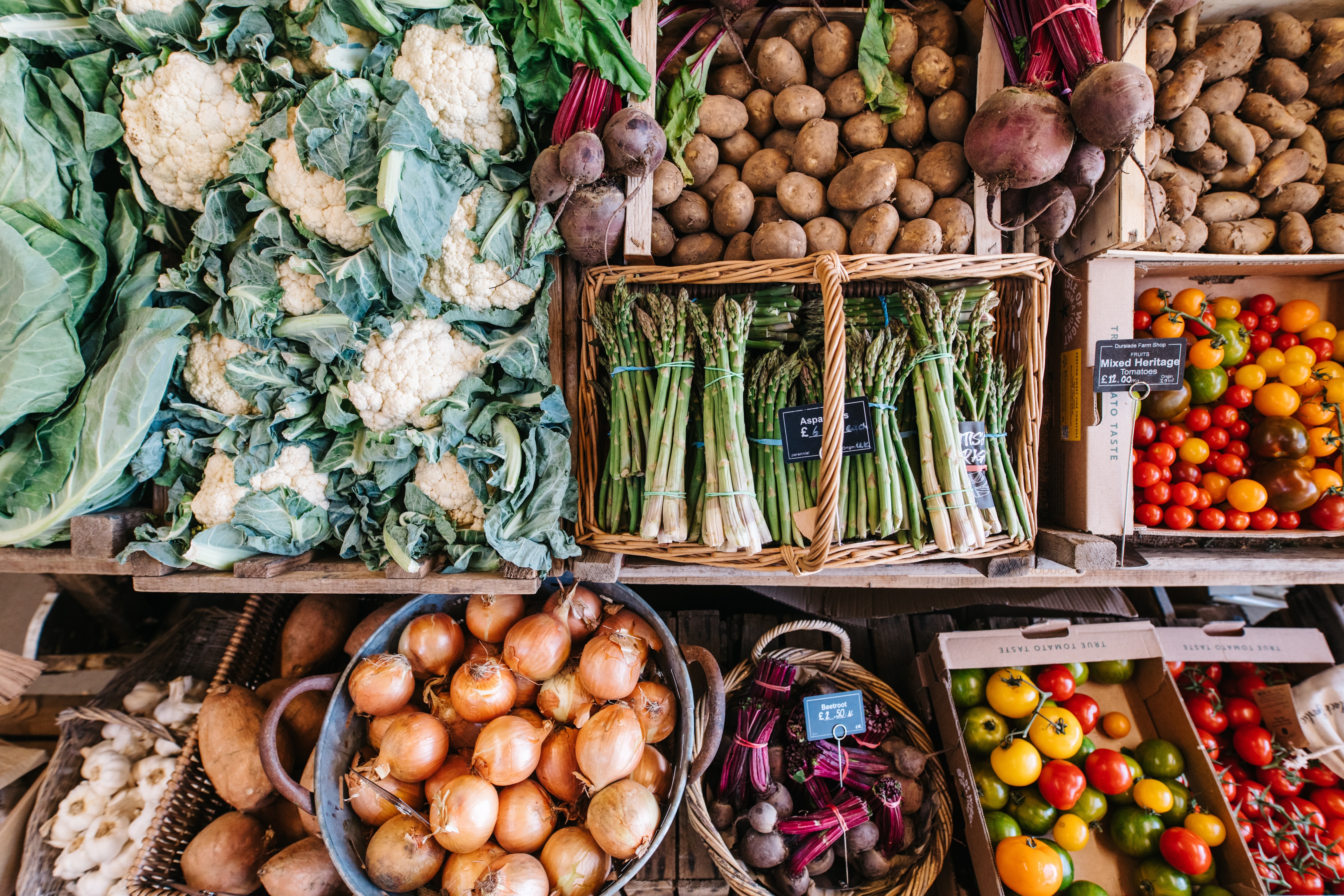
A part of Artfarm, inside the Hauser & Wirth Somerset complex and under the H&W umbrella, Durslade Farm Shop is a sort of community larder which brings together the best growers, farmers and makers within the surrounding region — including delicious produce from Durslade Farm itself (as well as the farm’s own herds of rare-breed cattle and sheep, there’s also a vineyard, walled-garden, beehives and an orchard).
Wraxall Vineyard
Cradled by the undulating Somerset landscape, Wraxall is one of our county’s oldest vineyards, having celebrated 50 harvests. Explore 15-acres of vines on an insightful tour, followed by a tasting in The View which focuses on seasonal small plates and sharing boards using produce sourced within a 15-mile radius. The views — as the name suggests — are exceptional and the menu designed to pair perfectly with the award-winning wines, including a recently-launched sparkling rosé.
Shop at Fire Made
A post shared by Fire Made (@firemadeuk)
A photo posted by on
Fire Made’s products are handcrafted in their Wincanton workshop and all designed to help you rediscover the joy of cooking over fire. Pop in to pick up a pan, or stick around for an asado cooking experience.
Where to stay
The Manor House Inn
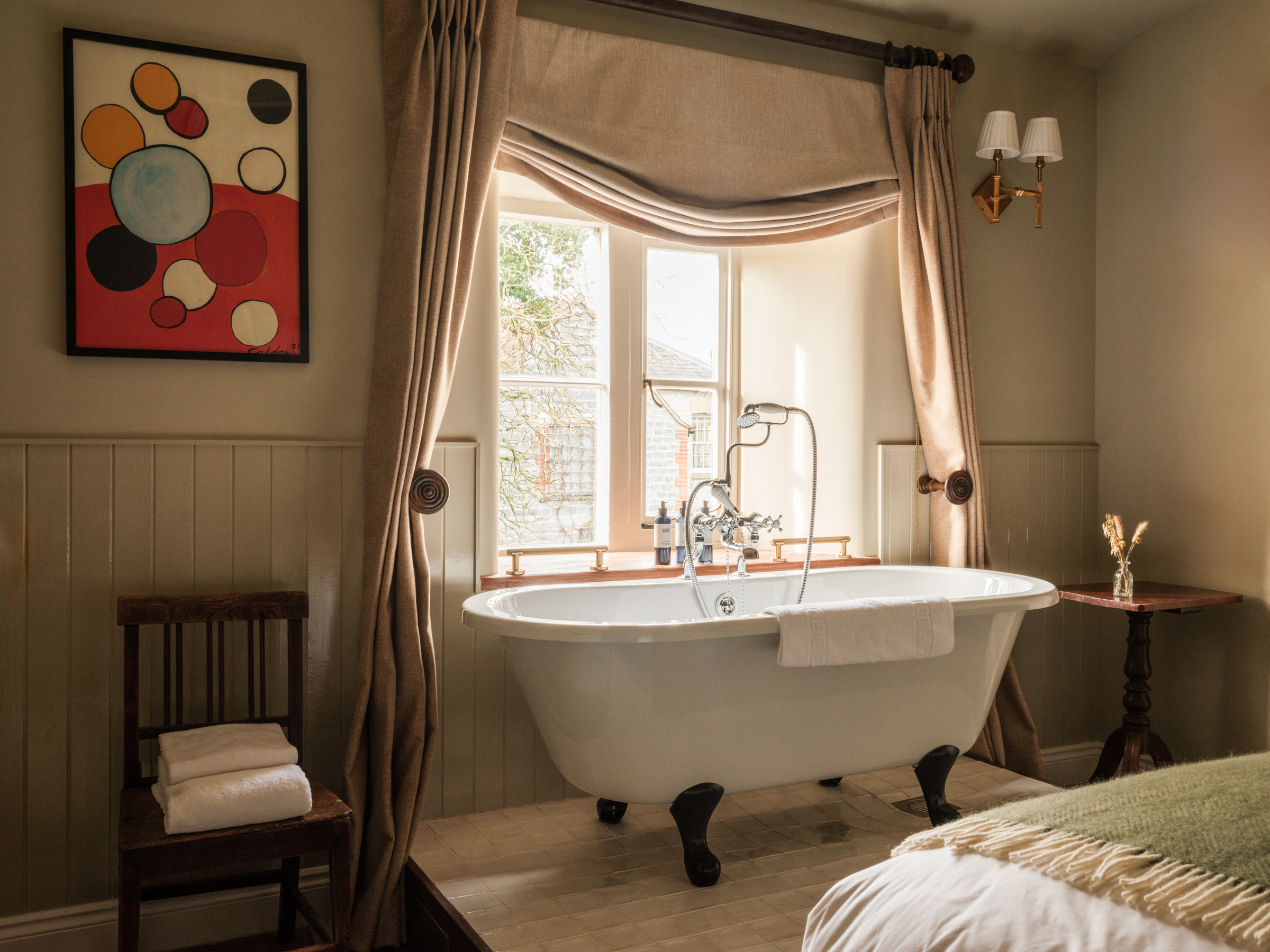
This seventh pub with rooms from the Chickpea Group — and their first in Somerset — dates back to the 17thcentury and sits framed by beautiful countryside in the pretty village of Ditcheat.
Packed with charm, period details and cosy corners — with an outside terrace, wrap-around garden and views across the Mendip Hills to boot — the seven-bedroom Manor House Inn also serves up delicious pizzas from the ‘Nole’ Pizza Kitchen.
The Newt in Somerset
This much-lauded 18th century country pile is set in the middle of acres of working farmland, forest, cyder orchards and spectacularly planted gardens. There’s also a dragon’s grotto. All-in-all, it’s a place to press pause, reconnect with Nature and enjoy a hyper-seasonal menu with much of the produce grown on site. Don’t miss the restored Roman Villa which our own Architectural Editor, John Goodall, praised for incredible attention-to-detail.
Click here to read our full review of The Newt.
Number One Bruton
Likened to staying with friends with good taste, Number One is a delightfully informal property on Bruton’s High Street. The 12 bedrooms are spread across a Georgian townhouse, Medieval Forge and a row of stone cottages that clamour round a south-facing courtyard.
Cothelstone Manor
Cothelstone Manor is a Grade ll-listed Elizabethan manor house that manages to fuse its own rich history with contemporary luxury.
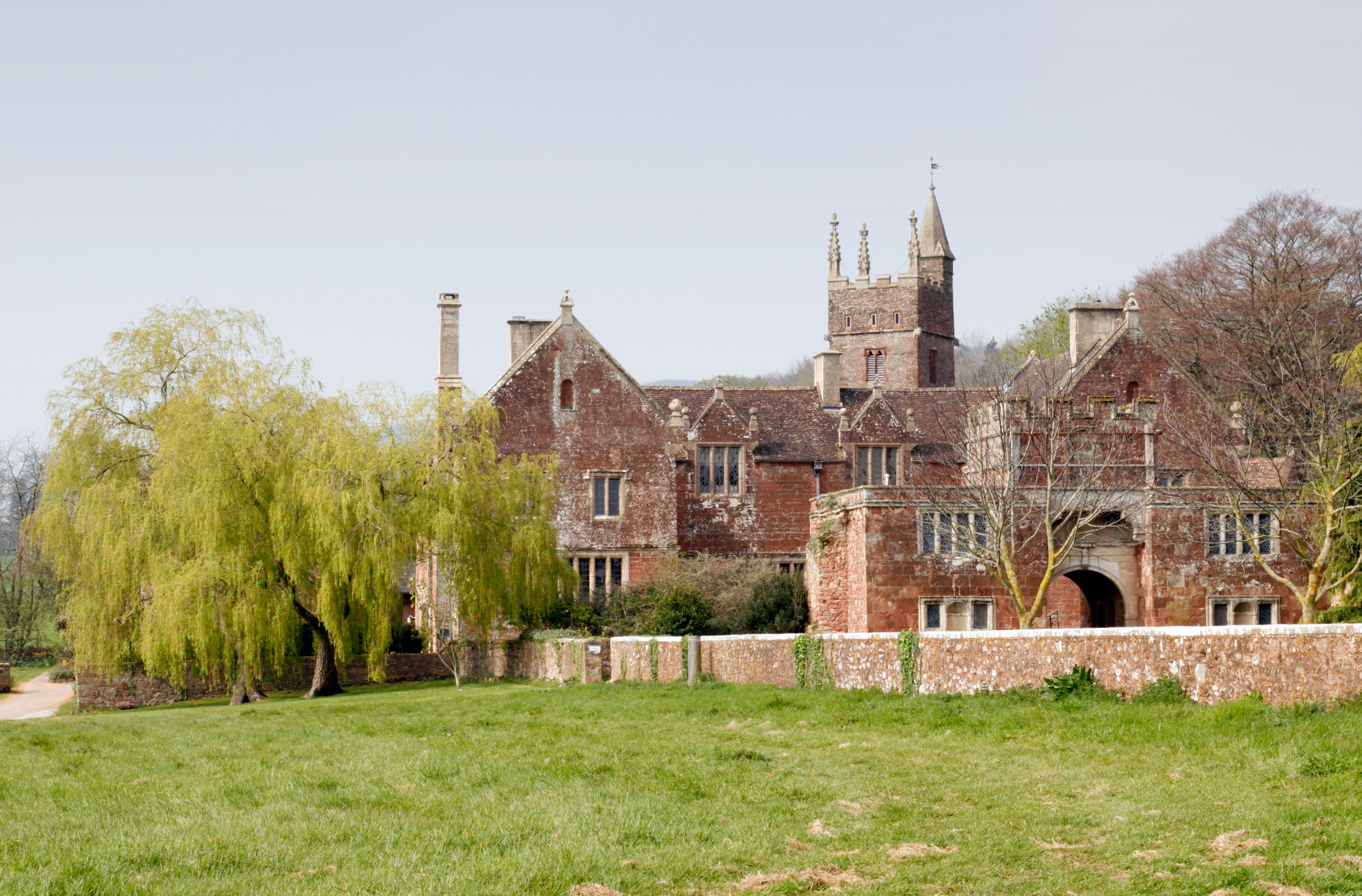
Located at the foot of the Quantock Hills AONB — with acres of ancient woodland on the doorstep — it’s a brilliant base for a countryside escape. There are seven bedrooms, a large dining hall and Scandi-inspired kitchen for you to rent on an exclusive-use basis. Local caterers are on hand to help out with the cooking.
Craftsman’s Cabin
This two bedroom cabin, crafted by local artisans, sits quietly in a meadow on the edge of the Somerset Levels — a short jaunt away from a traditional pub. While away lazy days to a backdrop of wide skies and uninterrupted views. There’s a woodburning stove, outdoor bath and perfectly-appointed kitchen, plus a covered veranda, fire pit and cooking tripod. The cabins sleeps two-to-four people.
The Lord Poulett Arms
This charming thatched 16th-century inn is run by the Beckford Group (The Beckford Arms, The Talbot Inn, below) and has just six bedrooms. You will find it in the village of Hinton St George which is also home to a 13th-century church. Enjoy British dishes, local beers and rural walks before bedding down for the night in comfort. There are flagstones and fireplaces, a global menu — and you pronounce Poulett ‘paullet’ (it’s a nod to the Hon Earl Poulett).
At The Chapel
A post shared by The Extra Mile (@theextramileguide)
A photo posted by on
Housed in a beautiful 18th-century chapel on Bruton’s thriving High Street, this boutique hotel has nine simply styled bedrooms, an artisan bakery, restaurant, wine store and south-facing terrace. Original features have been masterfully blended with retro furnishings and the marble ensuite bathrooms boast supersize tubs. The wood-fired pizzas enjoy legendary status in this neck of the woods.
Where to eat
HOLM
South Petheron was a blink-and-you-will-miss-it-village until HOLM came along and put it firmly on the map in 2021.
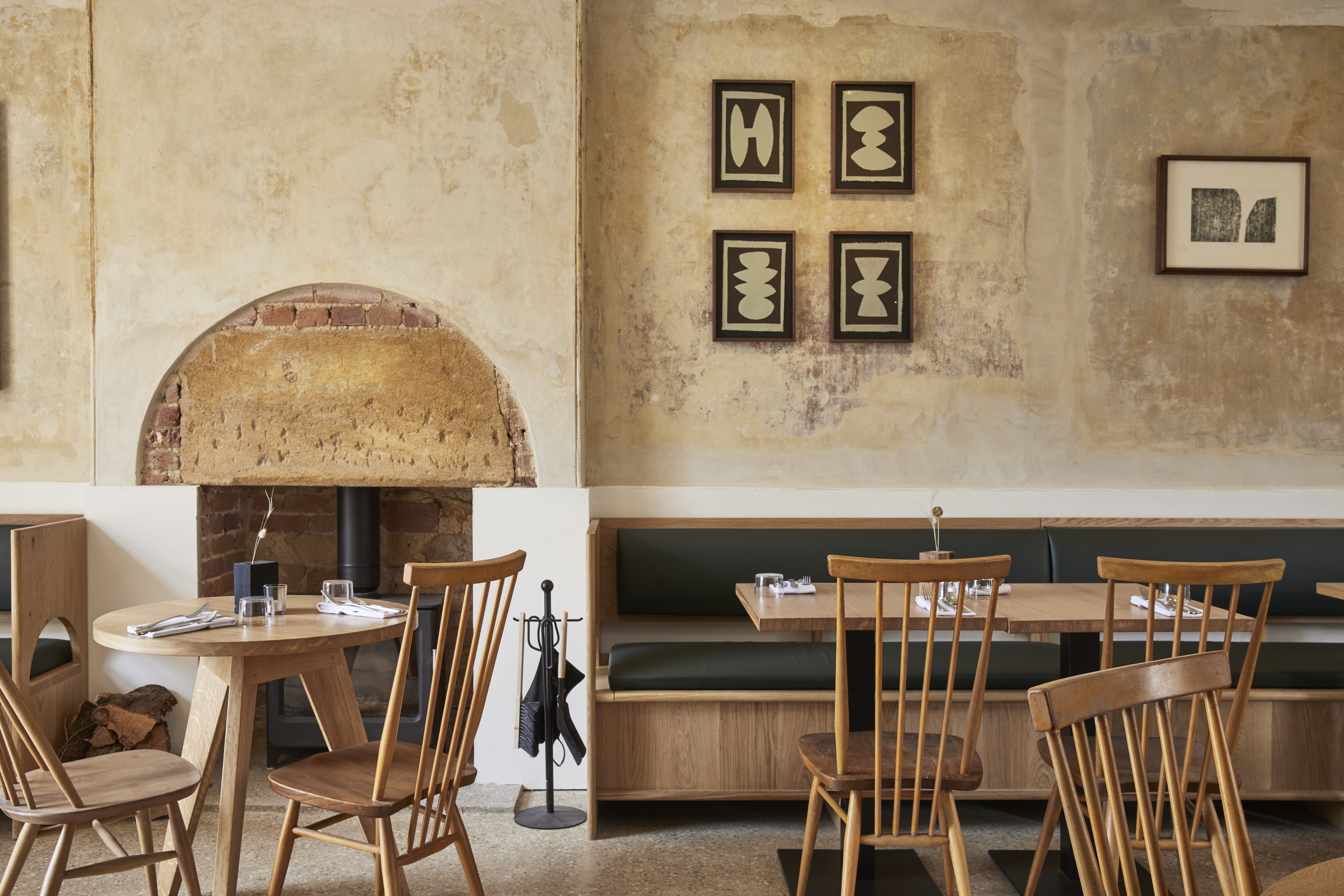
Dishes are driven by provenance, seasonality and sustainability — and pay homage to the county's natural bounty. And if you get carried away there’s a clutch of rooms upstairs for you to rest your weary head in.
Click here to read our full review of HOLM.
Briar at No.1
A small farm-to-table restaurant, occupying Number One’s old hardware store, Briar hits just the right note on Bruton’s burgeoning High Street.
A post shared by Briar (@briar_restaurant)
A photo posted by on
The menu celebrates hyper-local produce and foraged ingredients — dictated by the small kitchen garden. Keen to shine a spotlight on celebrated local producers, the neighbourhood eatery has plans to host foodie events, including long-table supper clubs in the courtyard. Watch this space.
The Talbot Inn
Set in the pretty village of Mells, famous for its grey stone houses, The Talbot Inn is a renowned pub-with-rooms. It’s a relaxed setting for long lunches and hearty suppers — expect meat and game from local farms and fresh produce picked from the Inn’s own kitchen garden, an excellent Sunday roast and own brand Talbot Ale. Their wine merchant, The Beckford Bottle shop is a 20-minute drive away, in Bath.
Upstairs at Landrace
This simply-styled restaurant sits on top of Landrace Bakery on Walcot Street, Bath.
The low-lit space has a daily-changing menu scribbled out on a blackboard and plenty of its own sourdough, alongside hand-rolled pastas, made from the mill’s stoneground flours. Iconic baked goods sold below include their signature buns — cinnamon, cardamom and crème-pat-custard-filled — a modern take on the traditional Bath bun.
Osip 2.0
Osip 2.0 has perhaps the most unique location of all of the restaurant’s on the list — the foot of a pine forest.
A post shared by Jo Yee (@candidsbyjo)
A photo posted by on
It’s a destination restaurant, owned by farmer and chef Merlin Labron-Johnson and born from a refurbished Elizabethan coach house. There are rooms on the upper floors and food from two biodynamic farms and orchards.
Da Costa
Artfarm’s ever-growing empire now counts Da Costa among its ranks.
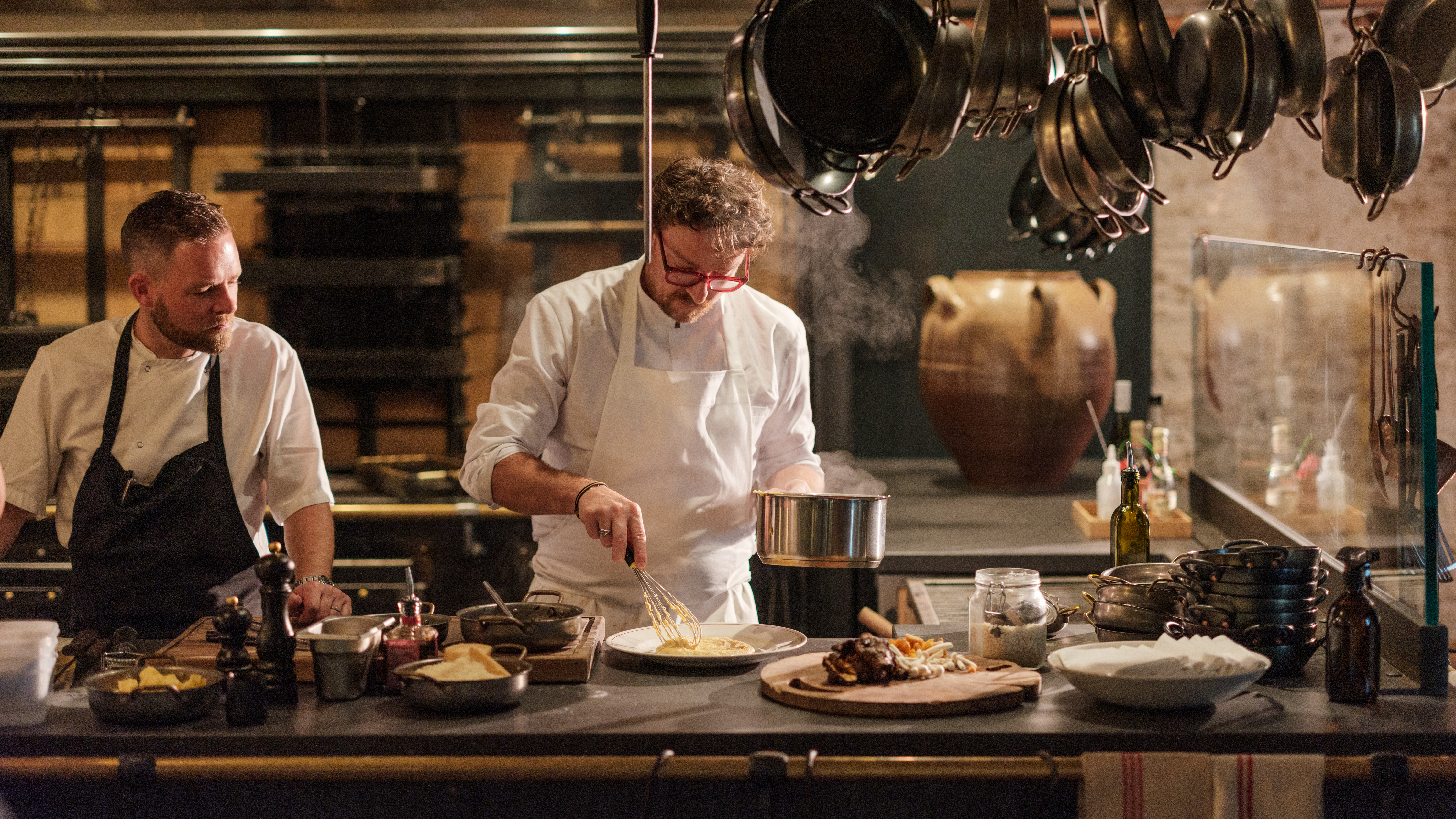
The Italian-inspired culinary experience still puts plenty of emphasis on small British growers — as well as Italian ones — and is a love letter to co-founder Iwan Wirth’s maternal grandfather (who was born in Northern Italy).
Natalie is an experienced travel and lifestyle journalist, hotel reviewer and a regular contributing editor to national and regional titles including, Telegraph Travel and Interiors, The Independent Travel, British Travel Journal, Dream Escape Magazine, Cornwall, Devon and Somerset Life, Coast Magazine and a number of Hearst publications.
-
 The golden eagle: One of the Great British public's favourite birds of prey — but devilishly tricky to identify
The golden eagle: One of the Great British public's favourite birds of prey — but devilishly tricky to identifyWe are often so keen to encounter this animal that ambition overrides the accuracy of our observations, writes Mark Cocker.
-
 When was the first ever Glastonbury festival? Country Life Quiz of the Day, June 26, 2025
When was the first ever Glastonbury festival? Country Life Quiz of the Day, June 26, 2025Thursday's quiz looks at a landmark date at Worthy Farm.
-
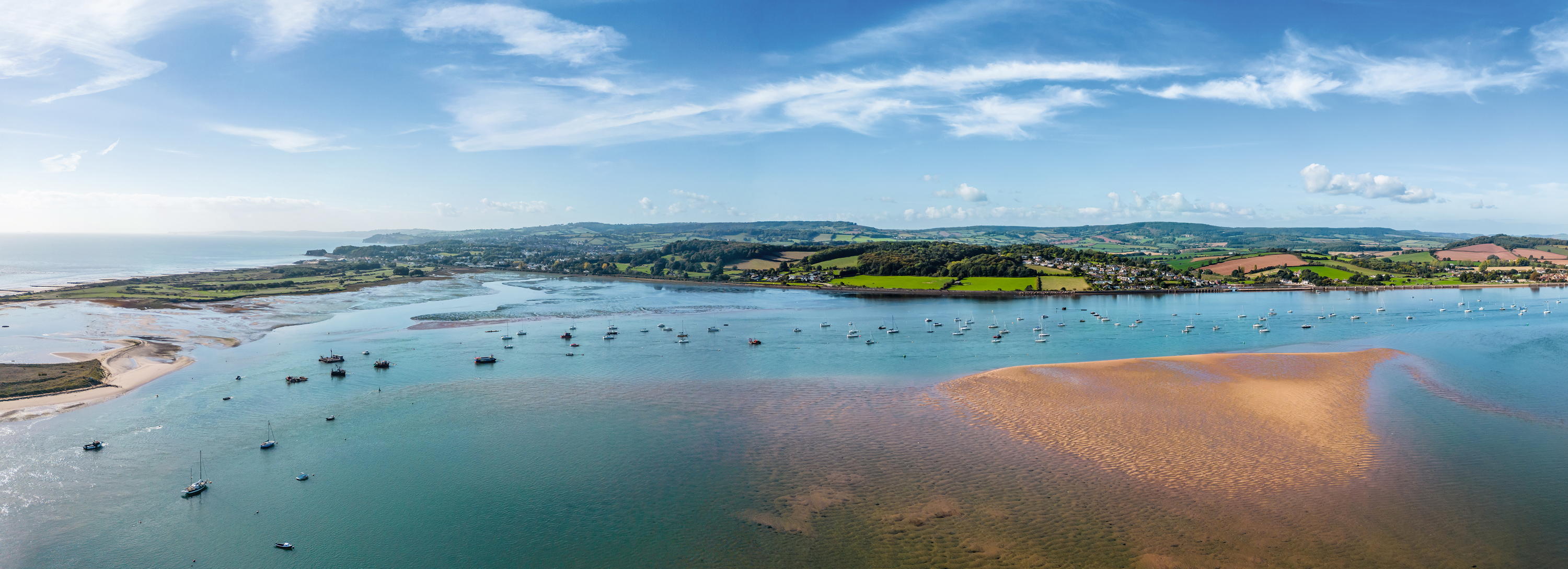 The extraordinary Exe Estuary, by the Earl whose family have lived here for 700 years
The extraordinary Exe Estuary, by the Earl whose family have lived here for 700 yearsCharles Courtenay, the 19th Earl of Devon, shares his own personal piece of heaven: the Exe Estuary in Devon.
-
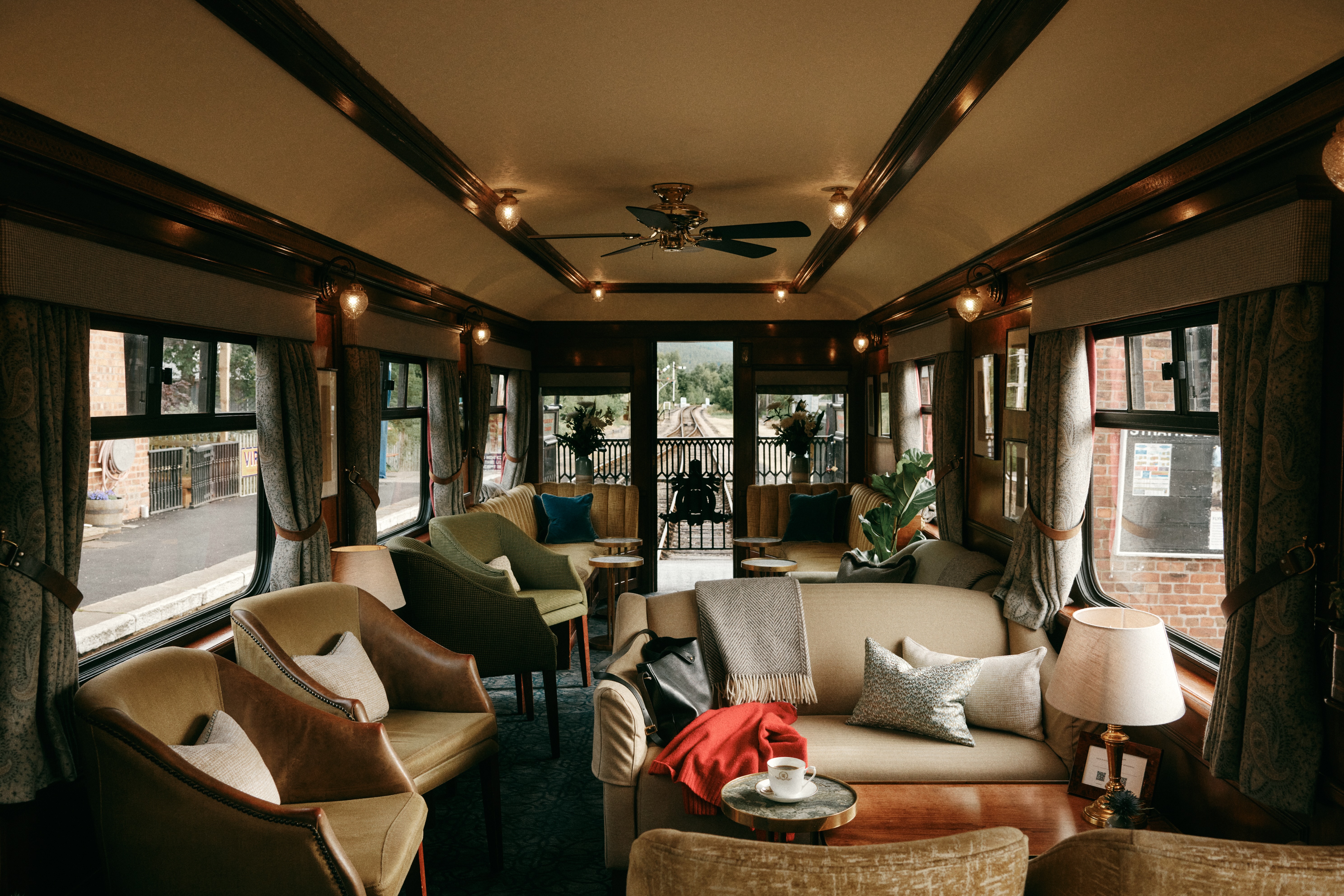 ‘So old-fashioned, it’s new-fashioned’: Riding the rails on the Belmond Royal Scotsman
‘So old-fashioned, it’s new-fashioned’: Riding the rails on the Belmond Royal ScotsmanWhat goes around, comes around, says Steven King of a trip through Scotland to celebrate 40 years of the Royal Scotsman, A Belmond Train.
-
 Quentin Letts: Heaven in Herefordshire
Quentin Letts: Heaven in HerefordshireQuentin Letts is best known as a merciless sketch writer and critic — but when he's back home at Herefordshire he embraces a very different life.
-
 The Manner review: This New York hotel is bringing the 1970s back to SoHo, one colour at a time
The Manner review: This New York hotel is bringing the 1970s back to SoHo, one colour at a timeThe Manner, on one of SoHo's quieter, tree-lined streets, is proof that great hotel design can make or break a holiday.
-
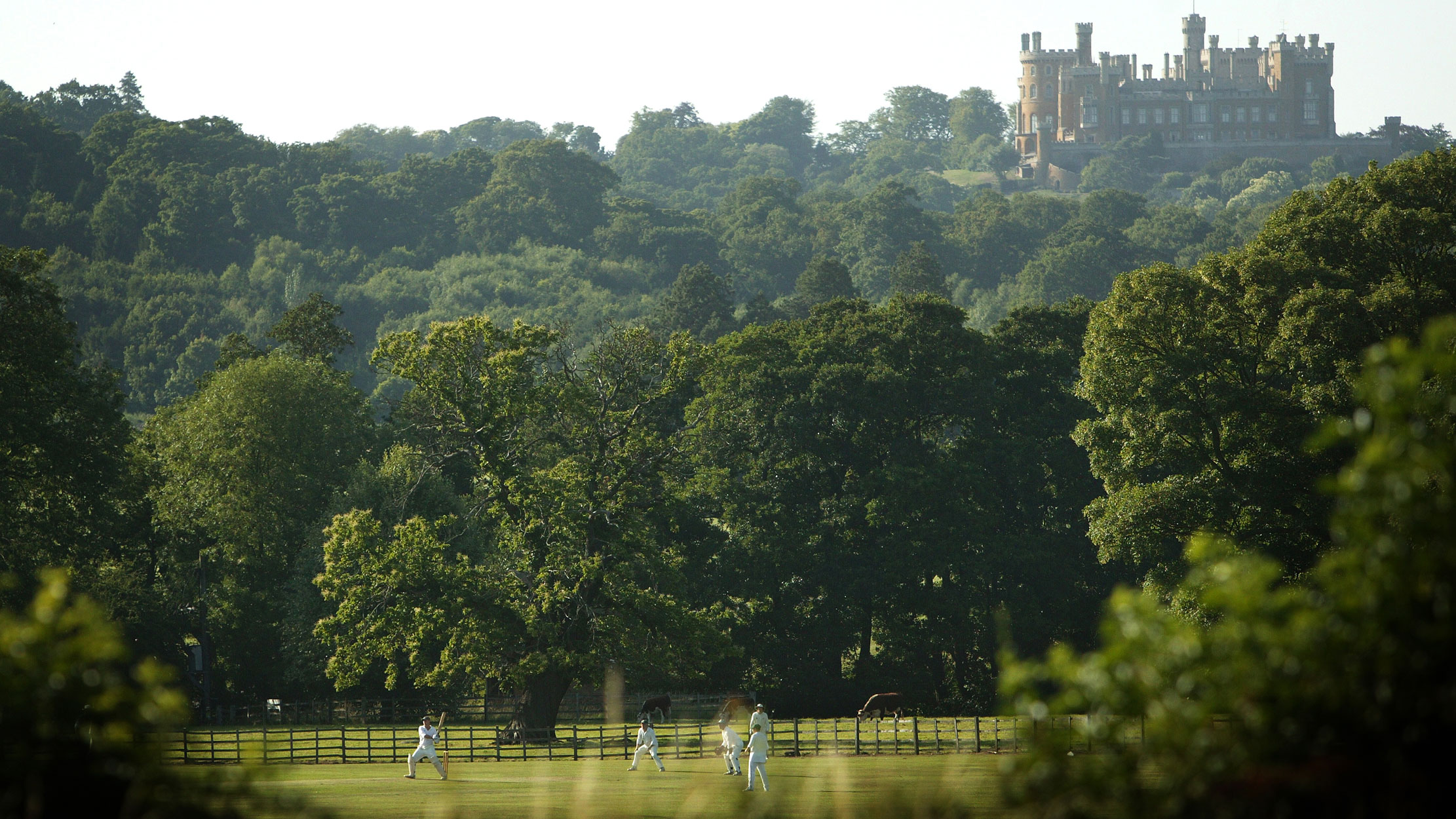 My piece of heaven: The Vale of Belvoir by Lady Violet Manners
My piece of heaven: The Vale of Belvoir by Lady Violet MannersLady Violet Manners, who grew up in Belvoir Castle, shares her love of the area around her ancestral home.
-
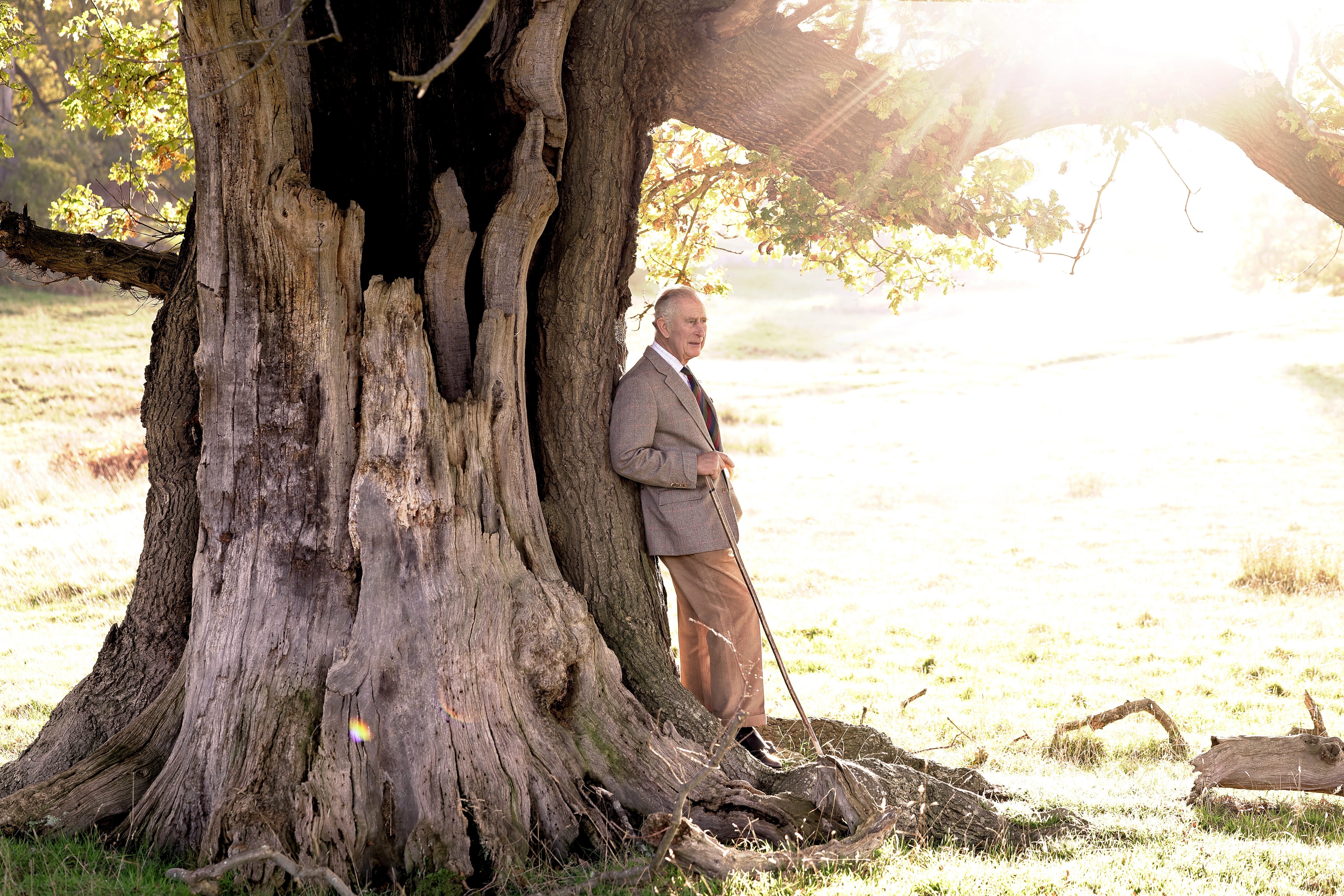 At His Majesty’s pleasure: A woodland retreat for rent at Sandringham
At His Majesty’s pleasure: A woodland retreat for rent at SandringhamWith room for six guests, and with 20,000 acres on the doorstep, it would be folly to not get booking.
-
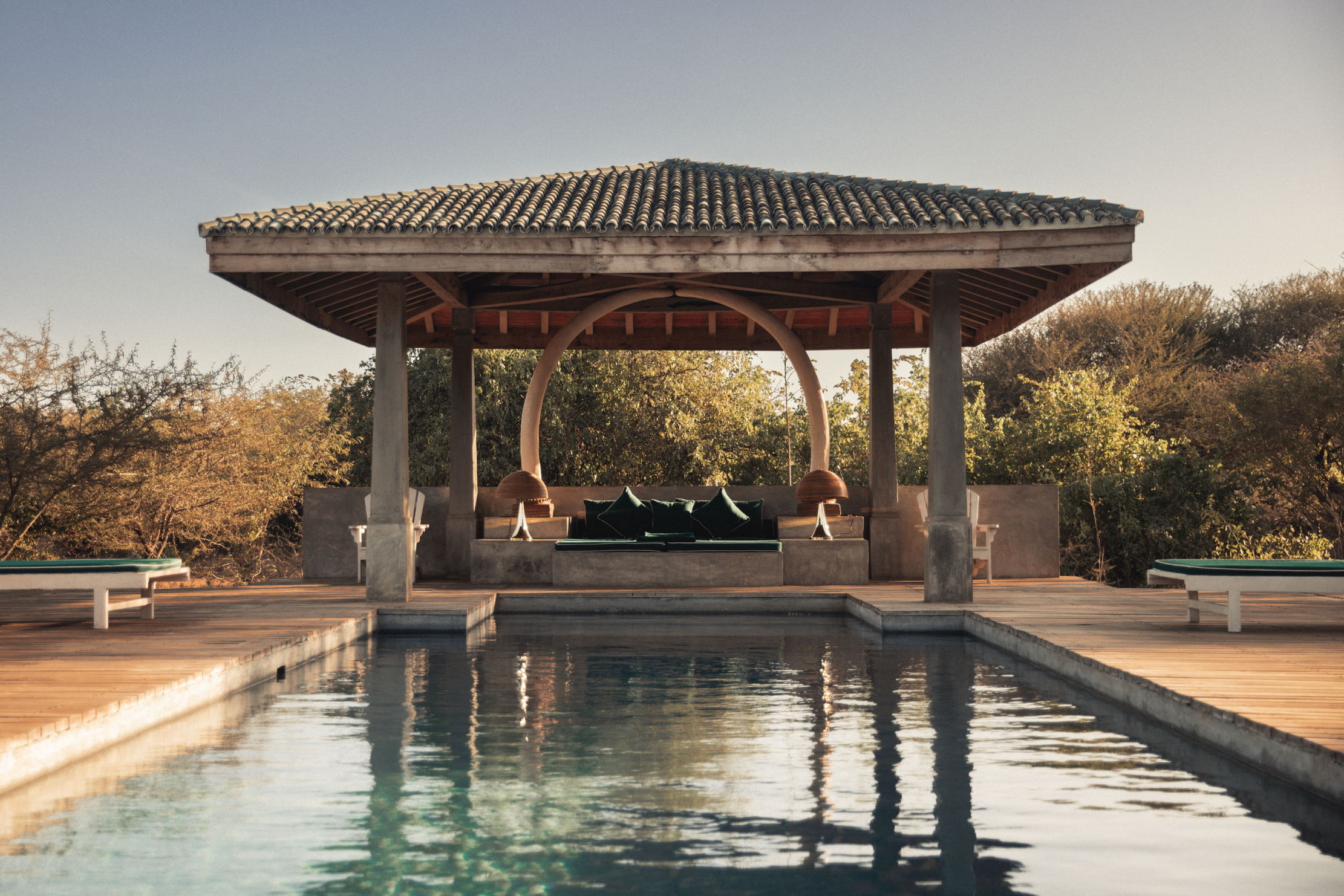 The East African holiday hotspot that should be top of your travel wishlist — and where to stay
The East African holiday hotspot that should be top of your travel wishlist — and where to stayThere's more to Kenya than just safari.
-
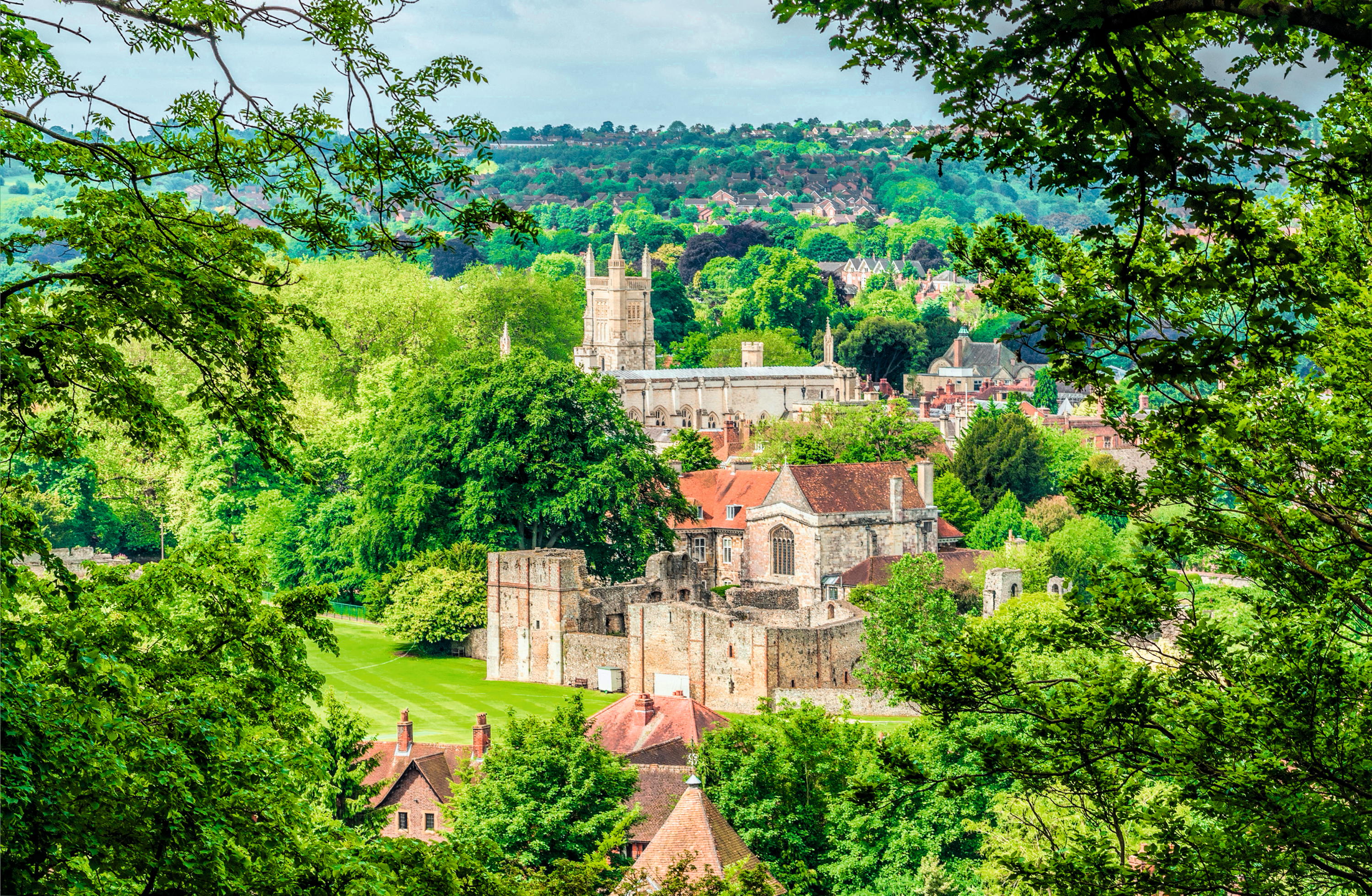 Winchester: The ancient city of kings and saints that's one of 21st century Britain's happiest places to live
Winchester: The ancient city of kings and saints that's one of 21st century Britain's happiest places to liveKings, cobbles, secrets, superstition and literary fire power–Winchester has had it all in spades for centuries and is as desirable now as it ever was, says Jason Goodwin.
